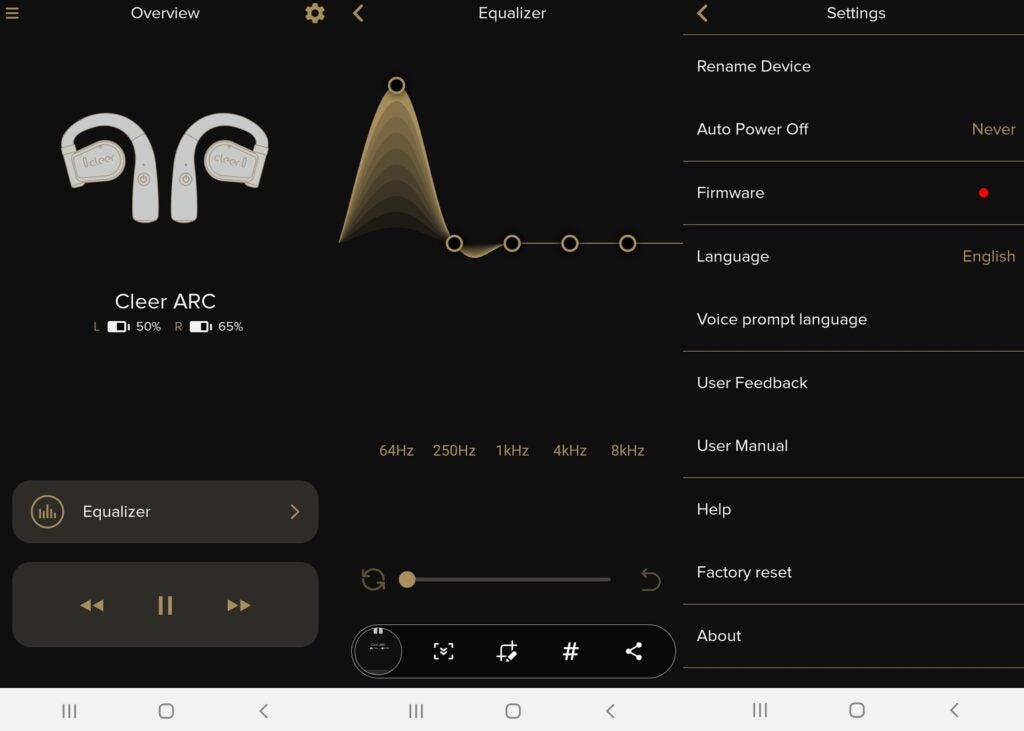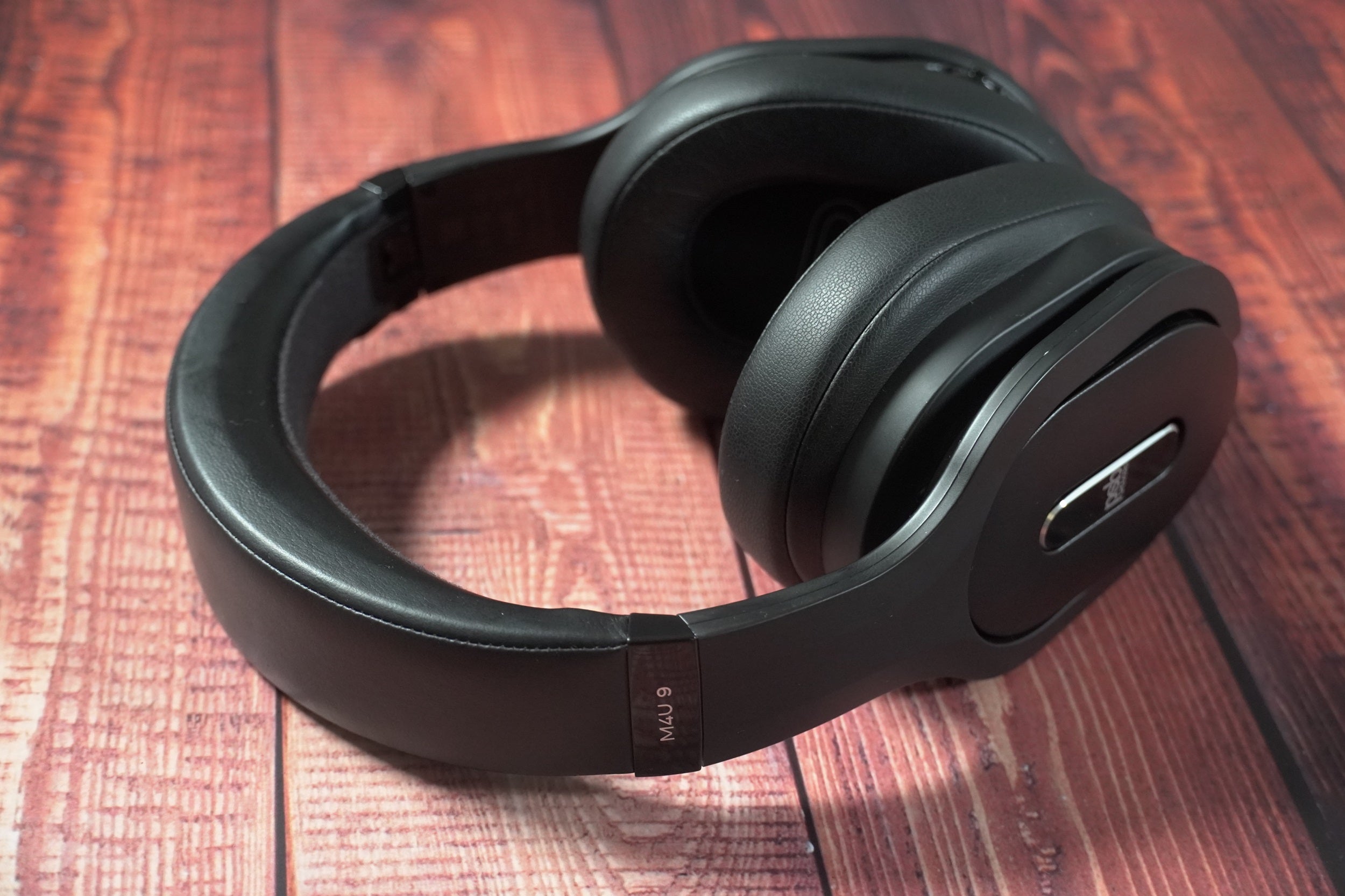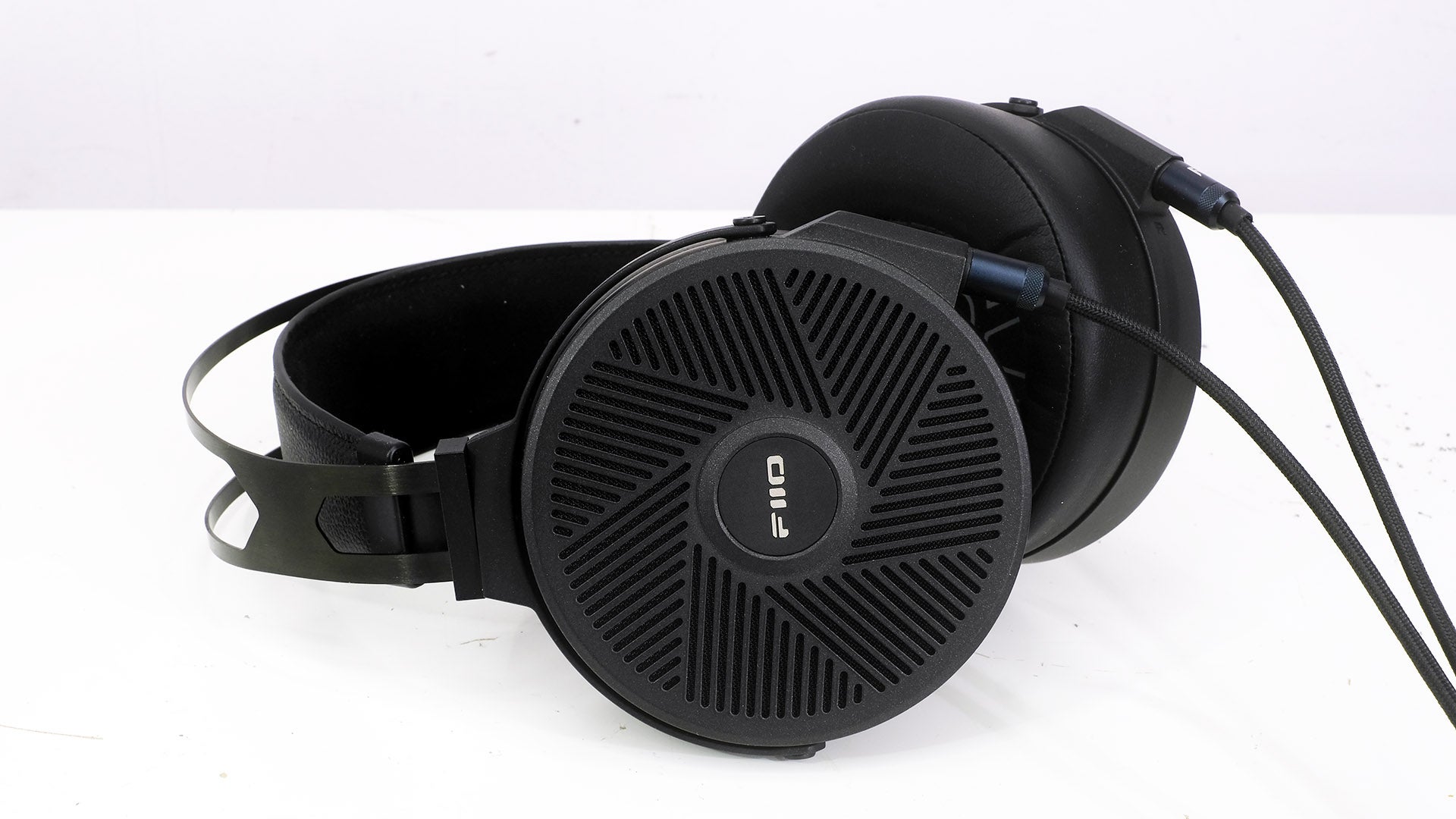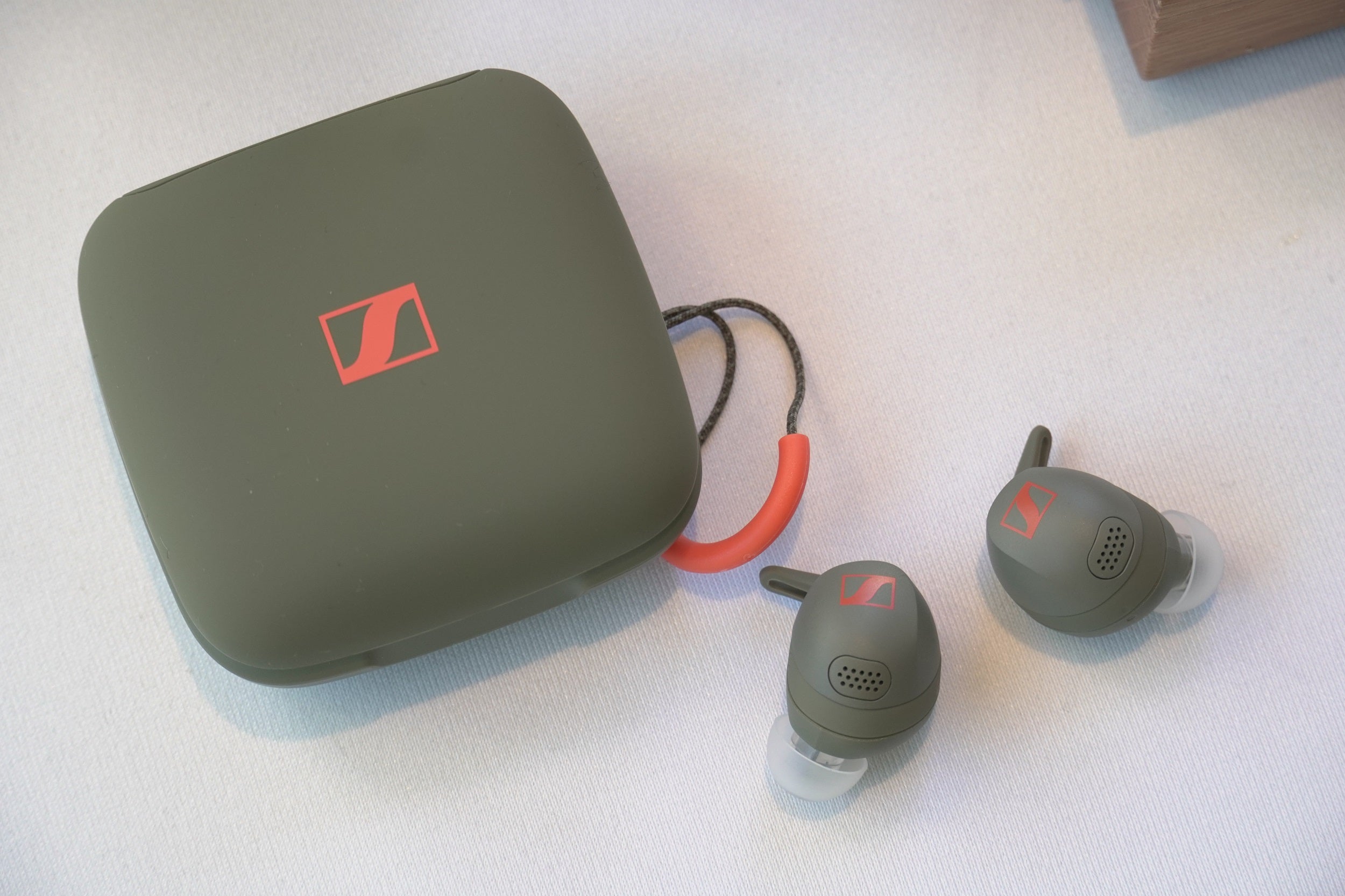Cleer Arc Review
The Arc takes a different approach to headphone sound

Verdict
The Cleer Arc take a different approach to delivering audio to your ears safely if you’re out on a run or on a bike. While they succeed in that regard and offer a secure fit, you can find better-sounding open-ear headphones for the same money or less.
Pros
- Secure fit
- Equalizer to adjust sound profile
- Quick-charge feature
Cons
- Slightly awkward to put on
- Muddy bass and lacks detail
- Flaky connection with companion app
Key Features
- Open-earAlways aware of your surroundings
- ChargingCharge the Arc seamlessly via the charging-pad that’s integrated into the carry case
- Cleer+AppPersonalise and adjust the EQ and music playback
Introduction
The Cleer Arc are open-ear buds that take a different approach to safely guiding audio to your ears without entirely blocking out the outside world.
Built with fitness firmly in mind, the Arc promise dynamic sound quality, the ability to customise audio, and the kind of battery life that means you won’t have to charge them on a regular basis.
At £129.99, they’re competing with other open-ear options such as the Shokz OpenRun, Naenka Runner Diver and the Bose Sport Open earbuds, which have still yet to make it out of the US.
So can Cleer clear up for exercise lovers who want to keep their ears free from more invasive buds?
Availability
- UKRRP: £129
- USARRP: $129
- EuropeTBC
- CanadaTBC
- AustraliaTBC
The Cleer Arc are available to buy now from Cleer’s website for £129.99 / $129, as well as from retailers such as Amazon and Hifiheadphones in the UK.
Design
- Available in two colours
- Built-in touch controls
- IPX4 water-resistance rating
Most open-ear headphone options, particularly bone conduction units, opt for a neckband-style design. With the Arc, Cleer has taken a leaf out of Bose’s book with its Sport Open earbuds, opting for a earhook-design that sits over the ears and places the drivers in front, rather that inside, your ears. Their appearance has changed significantly since they were demoed at CES in 2020.

Cleer uses a hinge design where the element hosting the driver swings out, letting you slip it onto your ears. It sounds like an elegant approach, but it felt a bit awkward at times when trying to secure the buds in place. It’s almost as if you need the longer, stem-like part of the earbuds to include their own mechanism, which you can pull up while you swing that hinge open to get them onto your ears.
However, once they’re in place, they do stay put. I’ve run, used them in the gym, worked out on a rower, and put them to the HIIT test – and they haven’t budged. Each bud weighs around 14.5g, so they’re not heavy; but you will be aware of their presence more than a lightweight pair of open-ear Shokz headphones, for example.

On a more positive note these buds do carry some much welcome moisture protection, with the IPX4 rating guarding against splashes of water. There hasn’t been a great amount of rain of late, so I can’t vouch for how well the Arc would perform in that scenario; but in terms of sweat and throwing water over my head during a race, they passed the test. I didn’t experience any issues with their performance, nor any signal dropouts.
Along with physical on/off buttons on the stem part of the Arc, the driver section is also where you’ll find the touch controls. You can swipe, tap, touch and hold to skip tracks, adjust volume, take calls and summon your smartphone assistant.
Like the touch controls of many sports headphones, they’re far more fiddly to use when you’re on the move. If you’re sitting on an exercise bike and generally in a more stationary position while working out, responsiveness isn’t an issue. In a rush and with sweaty hands, however, it’s easy to miss hit, or touches and taps simply don’t register. These controls are supposed to be customisable through the Cleer+ companion app, although I couldn’t locate such a function inside what is a pretty basic app.

It’s inside the accompanying case that the buds charge up. It’s sports a pleasant, soft-material finish, which doesn’t exactly scream “exercise”, nor does it feel particularly pocket-friendly. Nevertheless, the case more than ensures the buds stay secure when they’re not in use.
They’re USB-A powered and the cable required for charging is actually built into the case, meaning you won’t have to worry about carrying one around with you. Unlike the buds, however, that case doesn’t come with any sort of extra protection.
Features
- Up to 7 hours’ battery life
- Companion Cleer+ app
- Below average call quality
Audio can be personalised thanks to the presence of an equalizer, which you’ll find inside the Cleer+ companion app. When paired, you have a pretty standard setup, where you can slide your fingers up and down the equalizer to adjust that sound profile. Ultimately, it didn’t really alter the listening experience in any sort of rewarding way; it might have been useful to have included some presets.

It’s a similar story for taking and handling calls. If you’re hoping the onboard beamforming mics will serve up crisp call quality, then you’ll be mistaken. You’ll find other open-ear headphones that offer better support in that particular department.
The Cleer Arc’s battery life is fine. Promising up to 7 hours, a 10-minute quick charge will add an hour of playtime. In tests I found that the battery life drop-off with an hour of listening, at close to maximum volume, was around 15% – which seems about right based on Cleer’s claims. This isn’t the best battery life you’ll find, but it’s in the realm of rival open-ear setups.
Sound Quality
- Decent bass
- Lacking detail and clarity
Like other open-ear buds, the primary focus of the Arc is to deliver audio to your ears safely, keeping you aware of your surroundings at all times. It isn’t about merging the two, but ensuring your ears can pick up both the earbuds and ambient sound in equal measures. From that point of view, the Arc do their job. The buds aren’t drowned out by traffic or windy, blustery conditions, and they do so channelling decent, if not fantastic, sound.

The 16.2mm neodymium dynamic drivers with a pretty standard 20Hz-20kHz frequency response are charged with delivering good, bassy audio towards your ears. While there’s a decent level of power, with a little punch of bass here, it doesn’t take long to pick out the muddiness in the sound profile, even at moderate listening volumes.

The Cleer Goal truly wireless earbuds I tested placed a greater emphasis on clarity, but this isn’t the case with the Arc. The audio from these buds is lacking in the detail department. If you’re looking for a sound profile that’s well suited to vocals, podcasts or audiobooks, this isn’t a strength of the Arc. The bass performance isn’t much better, either. The Cleer Arc are okay, but there’s definitely better-sounding open-ear headphones available.
Latest deals
Should you buy it?
You want open-ear true wireless earbuds There aren’t many such models out there, so if you really want true wireless earbuds that don’t clog up your ears, then pick up the Arc.
You want the best-sounding open-ear buds. If you want a clearer, more balanced sound, there are better options to be had, particularly on the bone conduction front.
Final Thoughts
It’s refreshing to see Cleer steer away from the neckband-style design approach of most open-ear headphones, attempting to do things differently. The Arc’s fit is strong once you get them on, delivering on that promise of enabling you to enjoy your audio while continuing to hear what’s around you. Unfortunately, that sound isn’t the most exciting, and while the battery life and controls are okay, the Arc do earbuds fall short of offering a complete package.
How we test
We test every headphones we review thoroughly over an extended period of time. We use industry standard tests to compare features properly. We’ll always tell you what we find. We never, ever, accept money to review a product.
Find out more about how we test in our ethics policy.
Tested for several days
Tested with real world use
FAQs
The Arc has a open-ear design, which means it is constantly letting sound from the outside in. As such it’s not possible for it to carry active noise cancellation.
Full specs
Sustainability
Trusted Reviews’ holds the fact that global warming is not a myth as a core value and will continuously endeavour to help protect our planet from harm in its business practices.
As part of this mission, whenever we review a product we send the company a series of questions to help us gauge and make transparent the impact the device has on the environment.
We currently haven’t received answers to the questions on this product, but will update this page the moment we do. You can see a detailed breakdown of the questions we ask and why in our sustainability info page.








